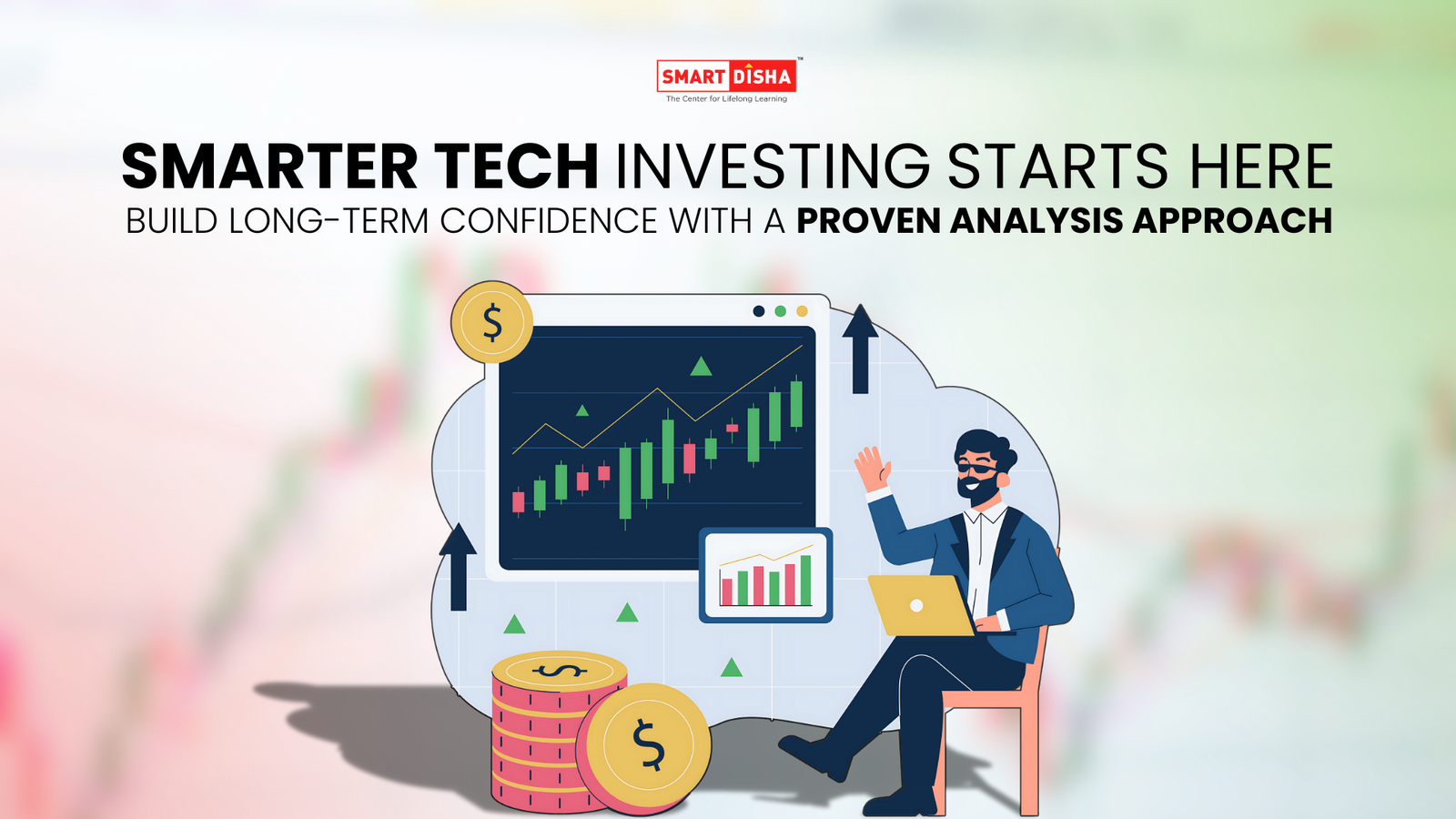Technology stocks are often the darlings of modern portfolios and for good reason. These companies drive innovation, reshape daily life, and often deliver exceptional returns. But with high growth comes increased speculation. That’s where fundamental analysis of tech stocks becomes not just useful, but essential. Unlike hype driven or momentum based strategies, this approach is rooted in logic, financial data, and long term viability. It helps answer the core question: Is this tech stock truly worth its current valuation? In this article, we’ll break down how to conduct fundamental analysis of tech stocks, along with the key metrics every serious investor must evaluate before jumping in
Why Tech Stocks Need a Different Lens
Traditional valuation methods can fall short when analyzing tech companies. Why?
- Many tech firms have intangible assets like software, patents, or network effects
- They often reinvest profits aggressively, showing lower net income
- Early-stage tech firms might have no earnings, yet are highly valued
- Scalability and user growth can be more important than current profit margins
So, while the principles of fundamental analysis remain the same understanding business strength, valuation, and financial health tech investing requires a tailored lens
Core Pillars of Fundamental Analysis for Tech Stocks
Let’s break it down into three core areas:
- Financial Performance – What do the numbers say?
- Growth Metrics – Is this company gaining users, revenue, and market share?
- Competitive Advantage & Innovation – What makes it hard to replicate?
Let’s go deeper.
1.Financial Performance Metrics
These metrics are the foundation of any stock analysis, but their interpretation in tech can be nuanced
A. Revenue Growth (YoY / QoQ)
Tech companies are often in growth mode. You want to see consistent, accelerating revenue growth, especially for SaaS or platform-based models
| Company | FY2021 Revenue | FY2022 Revenue | Growth YoY |
| ABC Tech | ₹1,200 Cr | ₹1,800 Cr | 50% |
| XYZ Soft | ₹2,500 Cr | ₹2,750 Cr | 10% |
Red flags? Flat or slowing revenue especially when R&D or marketing spend is high.
B. Gross Margin
High gross margins are a hallmark of successful tech businesses. Software companies often post 70–90% gross margins, while hardware firms have lower (~30–50%)
Gross Margin =
(Revenue – Cost of Goods Sold) / Revenue
Higher margins give companies room to reinvest and scale profitably
C. Free Cash Flow (FCF)
Forget net income—especially for early-growth tech. Focus instead on free cash flow: the actual cash the company generates after capital expenses
Positive FCF means the company can self-fund growth
- Negative FCF isn’t bad if it’s funding user growth or product expansion
D. Return on Equity (ROE)
ROE shows how well a company uses investor capital to generate profits. While many tech startups have low ROE early on, improving ROE over time is a bullish sign
2.Growth & User Metrics (Crucial for Tech Stocks)
Tech businesses, especially SaaS, consumer tech, or platforms, are often valued based on future potential, not just past earnings
Here’s what to watch:
A. Monthly Active Users (MAUs) / Daily Active Users (DAUs)
These metrics are lifelines for consumer tech and social platforms
- MAU growth indicates user adoption
- DAU/MAU ratio shows engagement (a 20–30% DAU/MAU is solid; 50%+ is great)
B. Customer Acquisition Cost (CAC) & Lifetime Value (LTV)
For SaaS and subscription models:
- LTV > CAC means the company makes more from a customer than it spends to acquire them
- Benchmark: LTV/CAC ratio should be 3:1 or higher
C. Net Revenue Retention (NRR)
NRR tells you whether customers are sticking around and spending more.
- An NRR above 100% = customers are expanding usage
- 120%+ NRR is considered world-class in SaaS
3.Moats, Innovation, and Competitive Advantage
Tech is brutally competitive. A company that wins today can lose tomorrow. That’s why you need to evaluate moats and strategic position, not just numbers
A. Network Effects
Platforms like Meta or Uber become more valuable as more people use them. Does the company benefit from this flywheel?
B. Switching Costs
Is the company embedded so deeply (e.g., AWS, Adobe, Microsoft) that customers find it hard to leave?
C. R&D Investment
How much is the company spending on innovation?
- R&D as a % of revenue = early signal of product development
- But check for actual product delivery, not just big budgets
Valuation Metrics Specific to Tech
Some valuation metrics are more suited for high-growth tech:
| Metric | What It Tells You |
| Price-to-Sales (P/S) | Used when net income is low or negative |
| EV/EBITDA | Valuation adjusted for capital structure |
| PEG Ratio | P/E ratio adjusted for expected growth |
Example:
- Stock A has P/E of 50, but is growing EPS at 50% → PEG = 1 (reasonable)
- Stock B has P/E of 60 but only 10% EPS growth → PEG = 6 (expensive)
High-growth tech often trades at premium P/S or PEG ratios. That’s fine—as long as the growth materializes
Risks Specific to Tech Stocks
Before getting too bullish, consider:
- Execution Risk – Great product doesn’t always mean great management
- Regulatory Risk – Data privacy, antitrust, and cybersecurity are huge
- Valuation Risk – Many tech stocks trade at lofty multiples if growth falters, they fall hard
- Technological Obsolescence – New tech can disrupt even market leaders
Quick Checklist Before Investing in a Tech Stock
Is revenue growing at double-digit rates?
Are margins strong and improving?
Is user growth or retention healthy?
Does the company generate free cash flow?
Is the valuation justified by growth?
Does the company have a durable moat?
If the answer is “yes” to most of these, you’re on solid ground
Final Thoughts
Investing in technology stocks is like betting on the future. But that future needs to be backed by strong fundamentals, not just a flashy pitch deck or rising chart.
Whether it’s a small SaaS startup or a trillion-rupee behemoth like TCS or Infosys, fundamental analysis gives you the confidence to invest not gamble.
So the next time you’re tempted by a tech stock hitting all-time highs, go beyond the headlines. Look under the hood. Run the numbers. Ask the tough questions.
In the world of tech investing, clarity is your edge
“Just like technology, healthcare stocks are heavily influenced by innovation and regulation. Our article on Analyzing Healthcare Stocks explores these drivers in detail.”




